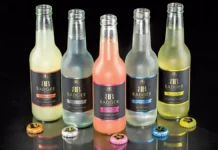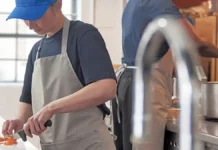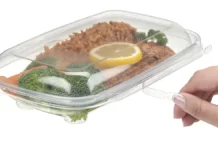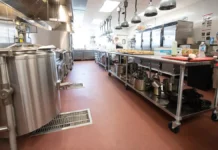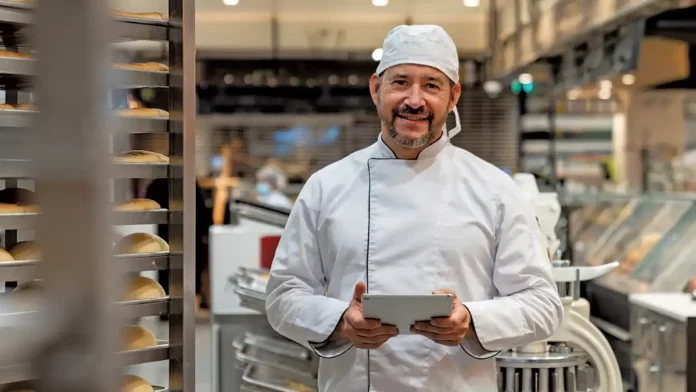
As a restaurateur, increasing efficiency and profitability is always top of mind. The right back of house software can help you boost both of these critical success factors, but with so many solutions to choose from, it can be hard to figure out which is best for your business. This is why asking the right questions is key.
In this article, we’ll provide an overview of essential back of house software, and share four questions you should ask when evaluating solutions for your restaurant.
What is Back of House Technology?
Technology plays a crucial role in back of house management. Think of the back of house like the engine that powers service: your restaurant kitchen, administrative offices, and employee spaces help create the magic in the front of house. Back of house software is what keeps the engine running smoothly and profitably.
So, what kind of tech are we talking about? The main types of back of house solutions for restaurants include:
Point of sale software (POS)
Traditionally considered a front of house system, a restaurant POS allows your servers to easily take orders and payments from guests – but the right POS can do even more. This is what makes it an integral back of house technology, too. A POS can help you stay on top of your restaurant’s finances by calculating the cost of individual plates; and automatically transferring sales data into your inventory system. This enables you to update inventory with ease and save time on back of house operations.
Restaurateurs are catching on and demanding more from POS providers, too, with 76% changing their POS in the past year, according to the 2023 State of Restaurants Report.
Kitchen display system (KDS)
A kitchen display system is like a command center for your line cooks. Its primary role is to efficiently and accurately direct orders from your POS to the appropriate station in the kitchen. Digitizing the order process and displaying orders from your POS on the KDS screen enables your staff to stay organized and prepare meals faster while reducing order errors.
Back office software
An inventory and back office solution allows you to seamlessly track your ingredients and supplies, and gives you a heads up when you need to order more. This eliminates the time consuming process of manually recording inventory, provides you with a solid system for recipe tracking, reduces food waste, and keeps profit margins healthy. In addition, back office software also allows you to update vendor pricing in your system by simply scanning a vendor’s invoice. All of these features result in significant time savings.
Staffing and payroll software
This tech can help you streamline payroll, taking the headache out of the process, while simultaneously optimizing your labor costs. It will also enable you to store employee payroll details in a centralized system, calculate wages, and run reports on overtime hours.
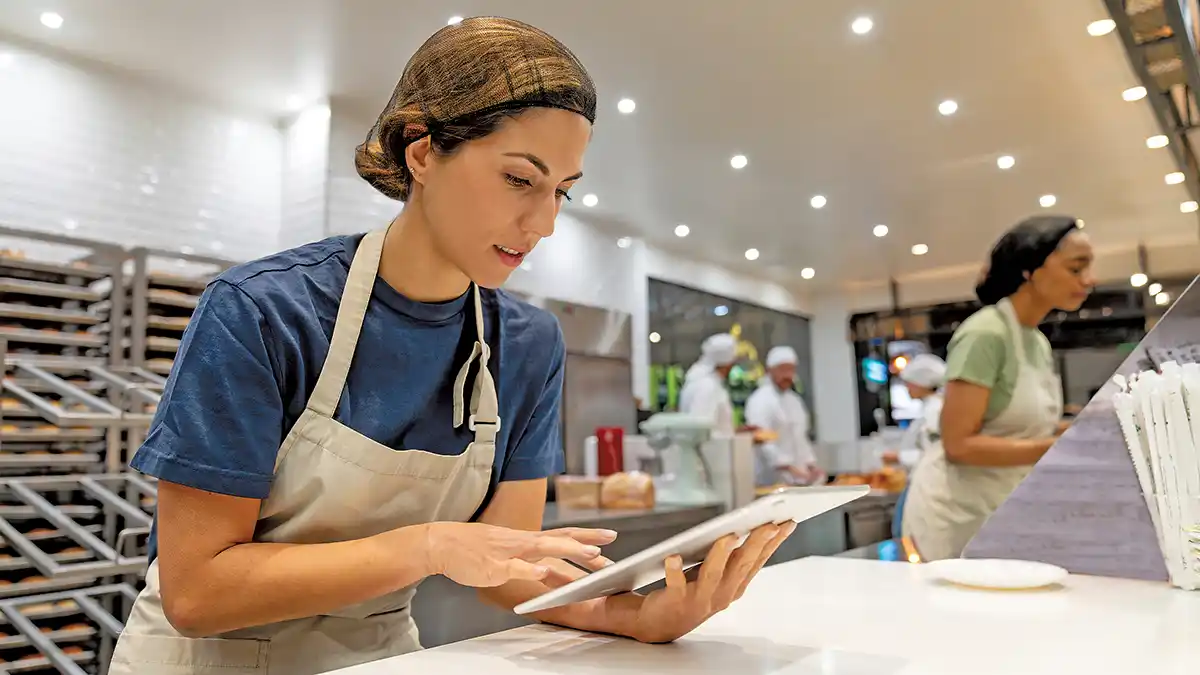
4 Questions to Ask Before Buying Back of House Solutions
It’s clear that back of house software is a wise investment, but as with any investment, it’s essential to do your research first. These questions will provide you with valuable answers.
1. What are my needs and goals?
Choosing the right POS, KDS, or back of house operations solution hinges on understanding your specific objectives and the problems you’re looking to solve. For example, a food truck might not need HR or payroll software, while a major chain will likely need solutions that support multi-location management.
It’s critical to identify the non-negotiable features you need in a back of house system (vs. nice-to-haves), and consider how that solution can meet your needs today, while also helping you reach your future goals. This will ensure you get the essentials without paying for unnecessary extras. For instance, if you want to increase efficiency, you’ll need a user-friendly system. This kind of tech is in high demand, with “ease of use” being the number one attribute restaurateurs look for in a new POS.
2. Does the solution integrate with other programs I am using?
It’s essential to make sure all of your tech can seamlessly work together.
Ideally, choose tech that integrates with your POS so you can see how your restaurant is performing and where to adjust menus, recipes, suppliers, inventories, or staffing to increase profitability – without costly and time-consuming burden of double entry or trying to compare stacks of spreadsheets to provide the answers. For example, a back office solution that integrates with your POS can help you compare your inventory and sales date so you can maximize the profit margins on each recipe.
3. How will this technology improve the customer experience?
While your staff will be using your back of house software on a daily basis, the technology’s reach will be far wider. So, consider how your customer experience will be impacted by the solution you purchase.
For instance, a KDS can help speed up service by enabling your kitchen staff to easily track how long tickets have been open, without having to wait for servers to verbally relay orders to line cooks. This is crucial because, as the 2023 Diner Trends Report found, 57% of diners reported that fast service was one of the most important factors of a great dine-in experience.
4. What are the long-term benefits?
To get the most value out of the system, you need to think long term about how the tech can help you grow and scale your business.
For example, your restaurant may not have a loyalty program yet, but if you see value in creating one (they’ve been known to increase monthly transactions by at least 12%), you’ll want to opt for a solution that has this capability and comes with the backing of a powerful customer relationship management (CRM) solution.
By asking these four essential questions, you’ll ensure you end up with the right back of house software for your business.
Article contributed by TouchBistro




















